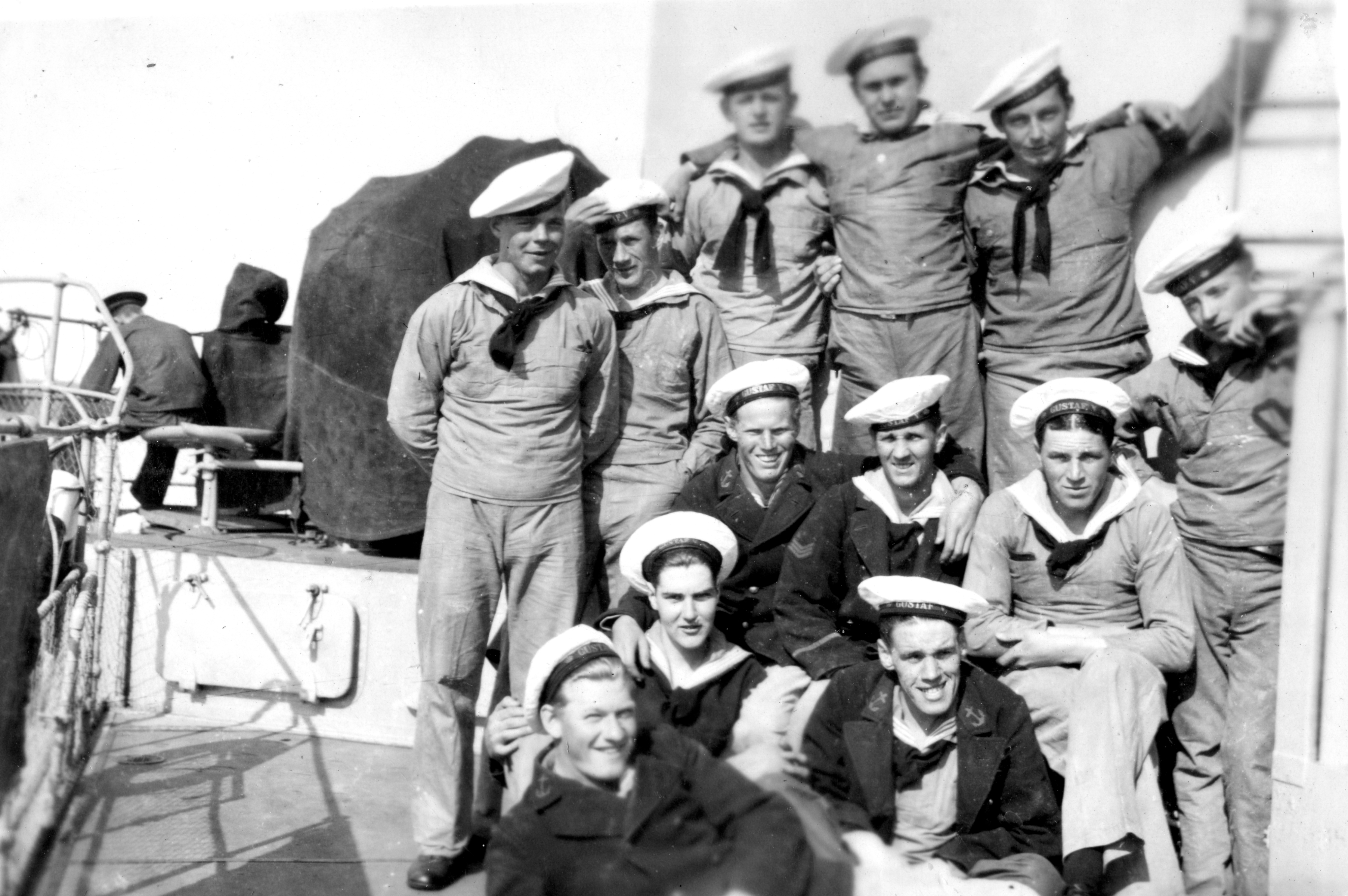
The Naval Cadet Corps
The Naval Cadet Corps was established in 1685 as a unit where young boys could come to learn about life as a sailor in the Swedish Navy. The corps was based in Karlskrona, and the minimum age for admission was set at eight years.
“The Naval Cadet Corps is intended for real boys. Mama’s boys are not suitable here. A cadet must get used to order and discipline, but at the same time, he is kindly looked after and cared for with the utmost attention. He gets to live a healthy, wonderful, and varied life, a life for a spirited boy. In his future profession, he may not be promised ‘gold and green forests,’ but if he performs well, he can attain the respected rank of a non-commissioned officer – in the best cases, perhaps even an officer and additionally enjoy a pension-secured old age.”
The quote above is taken from the brochure “The Cadet Life in Words and Pictures.” But what exactly was this mythical Naval Cadet Corps? An institution that existed for over 250 years may now be on the verge of being forgotten.
History and Purpose
The Naval Cadet Corps was founded in 1685 as a place for young boys to learn the seafaring life in the Swedish Navy. It was based in Karlskrona, and the minimum age for admission was eight years. However, there are examples of much younger boys being accepted, such as three-year-old sons of naval personnel who were enrolled in the corps after becoming orphans. In 1899, the admission age was raised to fifteen.
The boys served in the Naval Cadet Corps until the age of eighteen. At that point, they were officially enlisted and contracted as sailors in the Royal Navy for a period of four to six years. It was common for cadets to have fathers who served in the navy, but there was also a philanthropic idea behind the corps: to help poor and orphaned children toward a more secure and possibly better life. The Naval Cadet Corps also aimed to produce God-fearing and good citizens.
Privileges and Hazing
One benefit the cadets had as early as 1692 was the opportunity to learn to read and write – something very few boys could do at the time. The cadets received grades during their years of service, and the best among them could be selected for training in navigation, with the goal of eventually becoming officers. However, life as a naval cadet could be harsh. Discipline was strict, and corporal punishment was practiced. Older boys could also haze the younger ones, whom they called "rabbits." The younger cadets could sometimes escape hazing by serving as assistants to older ones. If a rabbit received a package from home, it was inevitably plundered by senior cadets. Many boys ran away from the corps, including the author Harry Martinson and the infamous criminal "Bildsköne Bengtsson."
Disbandment of the Corps
From 1832 onward, the Naval Cadet Corps was organized into two companies in Karlskrona. In the early 20th century, a third company was added, and for a time, cadet companies also existed in Stockholm and Gothenburg. From 1907, there were two companies in Marstrand affiliated with the Stockholm naval station. However, when the corps began to be phased out during the 1930s, these companies were transferred to Karlskrona. In 1939, the Naval Cadet Corps was dissolved, as the activities were no longer considered modern or politically relevant.
Cadet Life
The cadets spent their summers at sea on one of the cadet ships. During the winters, they lived in barracks and spent their time doing gymnastics and studying.
